Home>Dining>Events & Etiquette>What To Write On A Gift Dinner Invitation Card
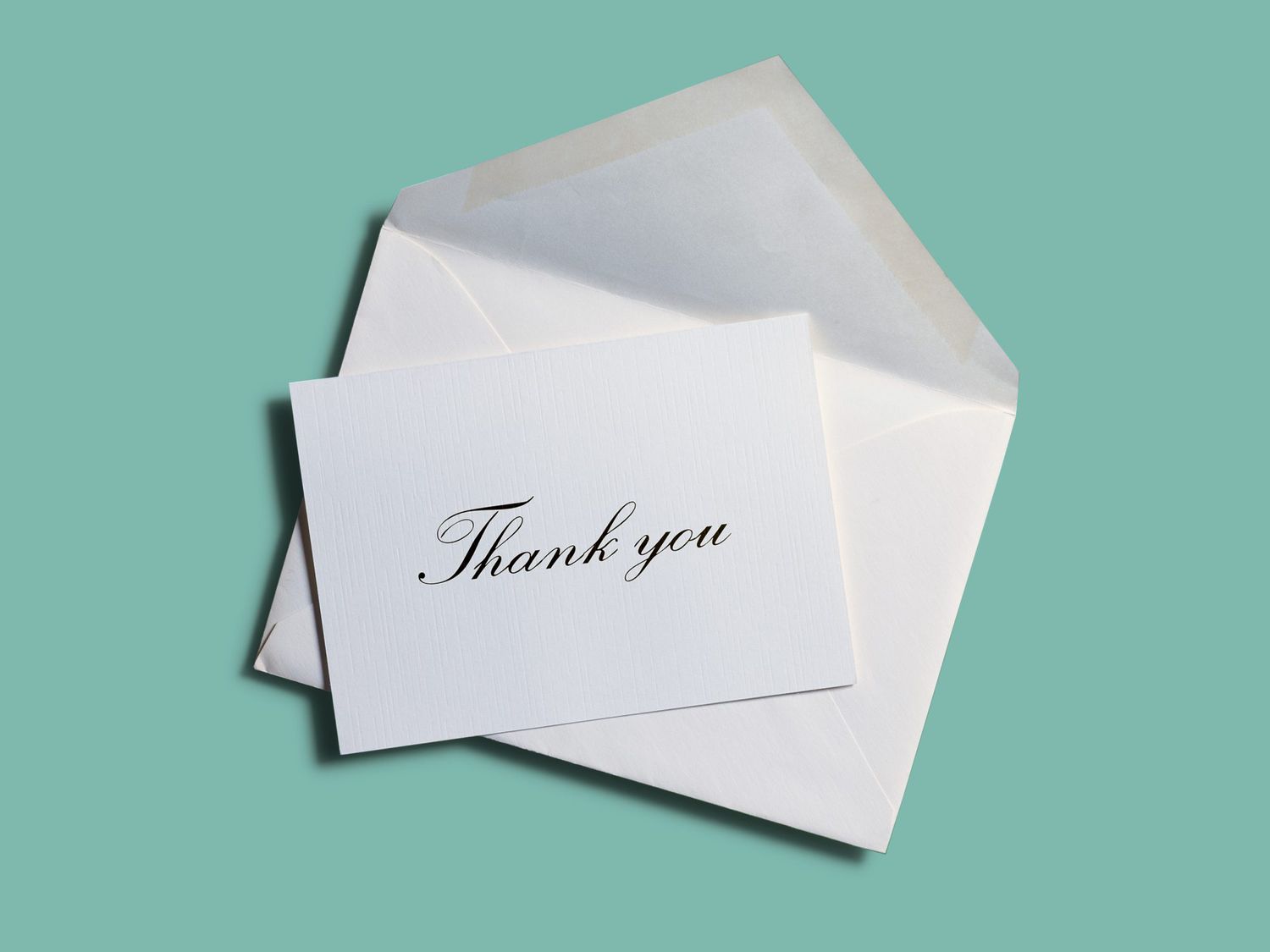

Events & Etiquette
What To Write On A Gift Dinner Invitation Card
Modified: January 4, 2024
Discover the perfect words to write on your gift dinner invitation card with our helpful guide. Learn about events etiquette and create an unforgettable invite for your special occasion.
(Many of the links in this article redirect to a specific reviewed product. Your purchase of these products through affiliate links helps to generate commission for Storables.com, at no extra cost. Learn more)
Introduction
Welcome to the world of dinner party invites! If you’re hosting a special event or celebration, a properly crafted dinner invitation card is an essential element to ensure your guests’ excitement and attendance. A well-designed invitation not only provides the necessary details of the event, but also sets the tone and creates anticipation for an unforgettable gathering.
Whether you’re organizing a birthday dinner, an anniversary celebration, a graduation party, an engagement soirée, or a retirement dinner, the invitation card plays a crucial role in conveying the event’s theme and formality. Your choice of words, along with the design and presentation of the card, can make a lasting impression on your guests.
In this article, we’ll explore the art of writing a dinner invitation card that is both engaging and informative. We’ll discuss the importance of choosing the right words, the key components of an invitation card, sample wording ideas for different occasions, personalization tips, and the dos and don’ts of writing an invitation.
So, let’s dive in and discover the secrets of crafting a captivating dinner invitation card!
Key Takeaways:
- Craft a captivating dinner invitation card by choosing clear, concise, and engaging words that match the event’s theme and formality. Personalize the invitation to create anticipation and ensure a memorable experience for your guests.
- Ensure your dinner invitation card includes essential details, such as event specifics, RSVP information, and personalized touches. Follow dos and don’ts to create a well-received and effective invitation that sets the stage for a successful event.
Read more: What To Write In A Dinner Invitation
Importance of a Dinner Invitation Card
While it may seem like a small detail, a dinner invitation card holds immense significance when it comes to hosting a successful event. It serves as the first point of contact between you and your guests, setting the tone for the evening and conveying important information. Here are some reasons why a well-crafted invitation card is crucial:
- Create Anticipation: An invitation card acts as a teaser, building excitement and anticipation among your guests. The design, wording, and overall presentation should match the theme and atmosphere of the event, giving guests a glimpse of what’s to come.
- Provide Necessary Information: Beyond simply inviting guests, the invitation card provides essential details about the event. It should include the date, time, and location of the dinner, along with any special instructions or dress code requirements. Clear communication in the invitation ensures that guests come prepared and know what to expect.
- Establish Formality: The style and language used in the invitation card can convey the level of formality for the event. Whether it’s a casual gathering or a black-tie affair, the invitation sets the expectations for your guests, allowing them to dress appropriately and mentally prepare for the occasion.
- Create a Memorable Experience: A beautifully designed invitation card can make a lasting impression on your guests and give them a taste of the experience that awaits them at the dinner. Taking the time to personalize the invitation and paying attention to details can help create a memorable event from the very beginning.
- Ensure Guest Attendance: An invitation card serves as a formal request for your guests’ presence. By sending out well-designed and compelling invites, you can increase the chances of a higher guest turnout, ensuring that your event is well-attended and a resounding success.
Remember, the invitation card sets the stage for your dinner party, so it’s important to invest time and effort into creating one that is visually appealing, informative, and engaging. Your guests will appreciate the thoughtful invitation and will be more likely to mark their calendars and eagerly await the festivities.
Choosing the Right Words
When it comes to writing a dinner invitation card, choosing the right words is essential. The language and tone you use will set the mood for the event and determine how your guests perceive it. Here are some tips to help you select the perfect words for your invitation:
- Be Clear and Concise: The purpose of the invitation is to inform your guests about the event details. Use clear and concise language to communicate the date, time, and location effectively. Avoid using complex or ambiguous terms that may confuse your guests.
- Set the Tone: Consider the theme and formality of the event when choosing the words for your invitation. If it’s a formal dinner, use more formal language and etiquette. For a casual gathering, you can adopt a more relaxed and friendly tone.
- Inject Personality: Don’t be afraid to let your personality shine through in your invitation. Choose words that reflect your style and make it a true reflection of you as the host. Whether you lean towards elegance, humor, or a touch of whimsy, infuse the text with your personal flair.
- Create Excitement: Your invitation should evoke excitement and anticipation in your guests. Use engaging and positive words to generate enthusiasm. Highlight special features of the event, such as entertainment, unique cuisine, or surprises, to pique their interest.
- Include RSVP Information: Make sure to include a clear request for RSVP in your invitation. Use polite language to request a response by a certain date. This will help you plan for the number of guests attending and ensure a smooth event.
- Consider the Guest List: Think about your guests’ preferences and demographics when choosing the words for your invitation. If it’s a young and vibrant crowd, you can use more casual and trendy language. For a more mature or formal audience, stick to more traditional and refined wording.
Remember, the words you choose should not only provide necessary information but also reflect the spirit of the event. Take the time to tailor your invitation to match the occasion and captivate your guests from the moment they receive it.
Key Components of the Invitation Card
When designing a dinner invitation card, it’s important to include key components that provide all the necessary information while also conveying the style, tone, and theme of the event. Here are the essential elements to include:
- Event Details: Clearly state the date, time, and location of the dinner party. Include the day of the week to avoid any confusion. If the event spans several days, specify the duration. Make sure the information is easy to read and prominently displayed.
- Host’s Name: Include the name or names of the hosts, as this adds a personal touch to the invitation. It’s important for guests to know who is hosting the event and who to contact with any questions or RSVPs.
- Occasion: Mention the reason for the celebration, whether it’s a birthday, anniversary, graduation, engagement, or retirement. This sets the context and helps guests understand the nature of the event.
- Theme or Dress Code: If there is a specific theme or dress code for the dinner, clearly communicate it to your guests. Whether it’s black tie, cocktail attire, or a specific theme like “Beach Chic,” this information helps guests prepare accordingly.
- RSVP Information: Include a designated space or line for guests to RSVP. Provide a deadline for the RSVP and specify the preferred method of response, such as by phone, email, or through an online RSVP platform.
- Additional Details: Depending on the event, you may need to include additional information, such as parking instructions, any special dietary considerations, or a gift policy. Ensure that such details are clearly stated, so guests are well-informed.
- Design and Theme: The visual elements of your invitation, including the choice of font, colors, and graphics, should align with the overall theme and formality of the event. A well-designed invitation can create a captivating first impression and set the tone for the evening.
By including these key components in your dinner invitation card, you provide your guests with all the necessary information to attend the event while creating an engaging and inviting experience from the moment they open the envelope.
Sample Wording Ideas for Different Occasions
When it comes to writing a dinner invitation card, the wording can greatly vary depending on the occasion. Here are some sample wording ideas for different types of events:
4.1 Birthday Dinner
“Please join us to celebrate [Name]’s [Age] birthday! Your presence is the best gift we could ask for. Come enjoy an evening of good food, great company, and birthday cheer!
Date: [Date]
Time: [Time]
Location: [Venue]
RSVP by: [RSVP Deadline]
Dress code: [Informal/Casual/Formal]
4.2 Anniversary Celebration
“Join us in celebrating [Number of Years] years of love, laughter, and memories as we commemorate [Name] and [Name]’s wedding anniversary. Your presence is requested for an evening of joy, nostalgia, and a delicious dinner to mark this special milestone.”
Date: [Date]
Time: [Time]
Location: [Venue]
RSVP by: [RSVP Deadline]
Dress code: [Informal/Casual/Formal]
4.3 Graduation Dinner
“You are cordially invited to join us in honoring [Name]’s remarkable achievement. Help us celebrate their graduation with a dinner filled with joy, pride, and delicious food. Come raise a toast as we embark on this new chapter in their life!”
Date: [Date]
Time: [Time]
Location: [Venue]
RSVP by: [RSVP Deadline]
Dress code: [Informal/Casual/Formal]
4.4 Engagement Party
“We are thrilled to announce the engagement of [Name] and [Name]. Join us for an evening of celebration, excitement, and romance as we toast to their future together. Your presence will make this joyful event even more memorable!”
Date: [Date]
Time: [Time]
Location: [Venue]
RSVP by: [RSVP Deadline]
Dress code: [Informal/Casual/Formal]
4.5 Retirement Dinner
“After years of hard work and dedication, [Name] is finally hanging up their hat. Join us to celebrate their well-deserved retirement with a dinner filled with laughter, good memories, and heartfelt speeches. Let’s bid farewell to their impressive career!”
Date: [Date]
Time: [Time]
Location: [Venue]
RSVP by: [RSVP Deadline]
Dress code: [Informal/Casual/Formal]
Feel free to customize these sample wordings based on your specific event and personal preferences. The key is to capture the essence of the occasion while conveying the excitement and importance of the celebration.
Personalization and Customization Tips
When it comes to creating a memorable dinner invitation card, personalization is key. Here are some tips to help you infuse your unique style and make your invitation truly stand out:
- Add a Personal Touch: Incorporate personal details such as the names of the guests or a special message to make the invitation feel more intimate. This shows that you’ve put in thought and effort into making the event special for each individual.
- Match the Theme: Customizing the design and wording of the invitation to match the theme of the event can create a cohesive and visually appealing experience. Use color schemes, fonts, and graphics that reflect the overall theme or style.
- Include Photos: Depending on the occasion, consider adding a photo of the guest of honor or a memorable moment from a past event. This adds a personal touch and brings back fond memories for your guests.
- Use Creative Language: Don’t be afraid to step away from traditional wording and use creative language that aligns with your personality or the event theme. Play with puns, rhymes, or catchy phrases to make the invitation more memorable.
- Consider Handwritten Invitations: Handwriting invitations can add a touch of elegance and authenticity to the event. If you have the time and resources, consider writing a personalized note to each guest. This personal touch will be appreciated and remembered.
- Include Special Instructions or Requests: If you have specific requests or instructions for your guests, such as bringing a dish to share or a dress code requirement, make sure to include them in the invitation. This will ensure that all guests are well-informed and can contribute to the event’s success.
- Proofread and Edit: Before sending out your invitations, double-check the wording and ensure that there are no spelling or grammatical errors. Take the time to read through the invitation and make any necessary edits for clarity and coherence.
By implementing these personalization and customization tips, you can create a dinner invitation card that not only provides the necessary information but also reflects your style and makes a lasting impression on your guests. Remember, the more personal and thoughtful your invitation, the more excited your guests will be to attend your event.
Dos and Don’ts of Writing a Dinner Invitation Card
When crafting a dinner invitation card, there are certain dos and don’ts to keep in mind to ensure that your invitation is well-received and effectively conveys the necessary information. Here are some key guidelines to follow:
Do:
- Be Clear and Concise: Use clear and straightforward language to convey the event details. Clearly state the date, time, and location, along with any special instructions or dress code requirements.
- Provide RSVP Information: Include a clear and easily accessible way for guests to RSVP. Specify the deadline for RSVPs and the preferred method of response (phone, email, or online platform).
- Match the Tone to the Event: Adapt the language and tone of your invitation to match the theme and formality of the event. Whether it’s a casual gathering or a formal affair, make sure the wording aligns with the style of the dinner.
- Proofread for Errors: Double-check your invitation for any spelling or grammatical errors. Ensure that all the information is accurate and properly formatted before sending it out.
- Include Special Details: If there are any special instructions or requests for your guests, such as dietary preferences or parking arrangements, make sure to include them in the invitation to avoid any confusion.
Read more: What To Bring For A Dinner Invitation
Don’t:
- Overwhelm with Information: Avoid overcrowding the invitation with excessive information. Stick to essential details and avoid including unnecessary or unrelated information.
- Use Complex Language: Keep the wording simple and easy to understand. Avoid using complex or jargon-filled language that may confuse your guests.
- Forget to Proofread: Neglecting to proofread your invitation can lead to typos or errors. Take the time to review the invitation carefully to ensure that it is error-free.
- Be Vague: Avoid being vague when providing event details. Clearly state the date, time, and location to avoid any confusion or misunderstandings.
- Leave out RSVP information: Always provide a clear way for guests to RSVP. Failing to include RSVP information may lead to a lack of response or confusion regarding attendance.
By following these dos and don’ts, you can ensure that your dinner invitation card effectively communicates the necessary details while maintaining a professional and inviting tone. A well-crafted invitation will leave a positive impression on your guests and contribute to the success of your event.
Conclusion
A well-designed and thoughtfully worded dinner invitation card has the power to set the stage for a memorable and successful event. It not only provides essential information but also conveys the tone, formality, and excitement of the gathering. By following the tips and guidelines outlined in this article, you can create an invitation that captures the essence of your event and entices your guests to attend.
Remember, the choice of words is crucial in creating anticipation, conveying important details, and personalizing the invitation. Whether it’s a birthday dinner, anniversary celebration, graduation party, engagement soirée, or retirement dinner, tailoring the language and tone to match the occasion will make your invitation more engaging and meaningful.
In addition, pay attention to the key components of the invitation card, including event details, the host’s name, occasion, dress code, RSVP information, and any additional instructions. These components ensure that your guests have all the necessary information and can fully prepare for the event.
Personalization and customization are essential in creating a unique and memorable invitation. Add personal touches, match the theme, and consider handwritten invitations to make your guests feel special and appreciated. Be creative with your language, but also ensure clarity and consistency throughout the invitation.
Finally, follow the dos and don’ts of writing a dinner invitation card to avoid common pitfalls. Be clear, concise, and proofread for errors. Include important details and RSVP information, while avoiding overwhelming your guests with excessive or vague information.
With these tips in mind, you can create dinner invitation cards that not only serve their practical purpose but also leave a lasting impression on your guests. So, let your creativity flow, and get ready to host an unforgettable dinner party!
Frequently Asked Questions about What To Write On A Gift Dinner Invitation Card
Was this page helpful?
At Storables.com, we guarantee accurate and reliable information. Our content, validated by Expert Board Contributors, is crafted following stringent Editorial Policies. We're committed to providing you with well-researched, expert-backed insights for all your informational needs.
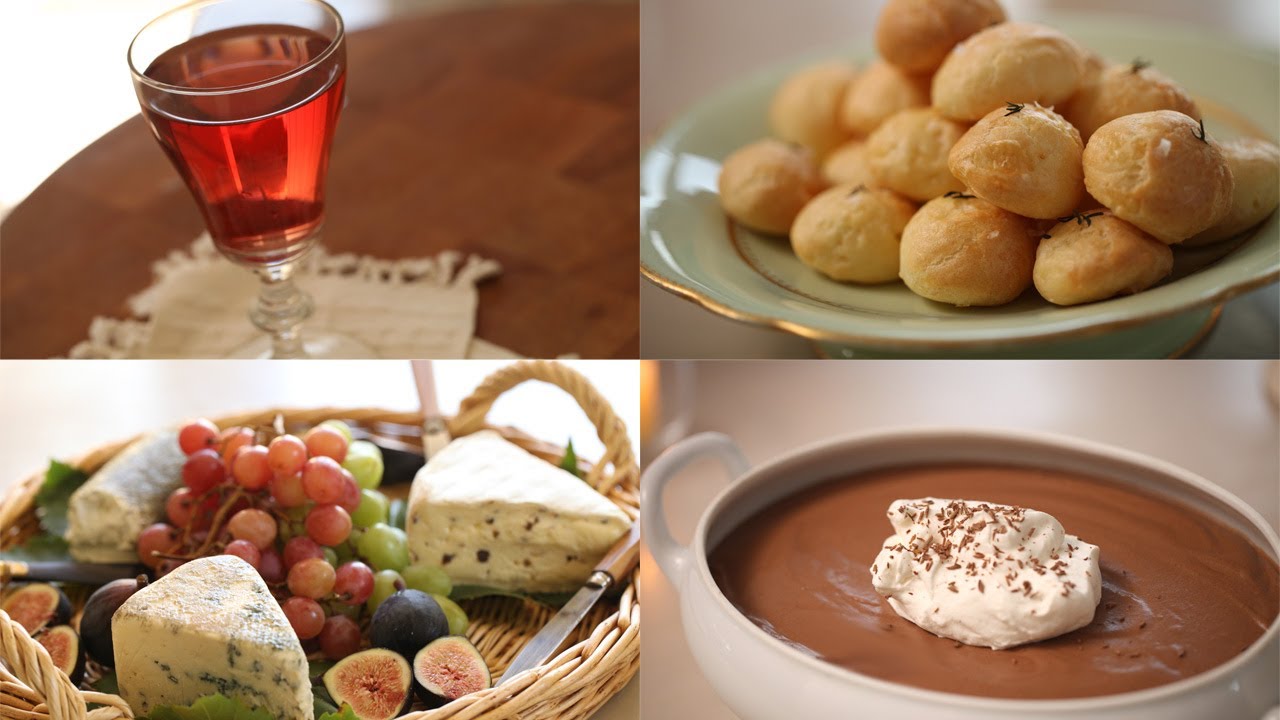


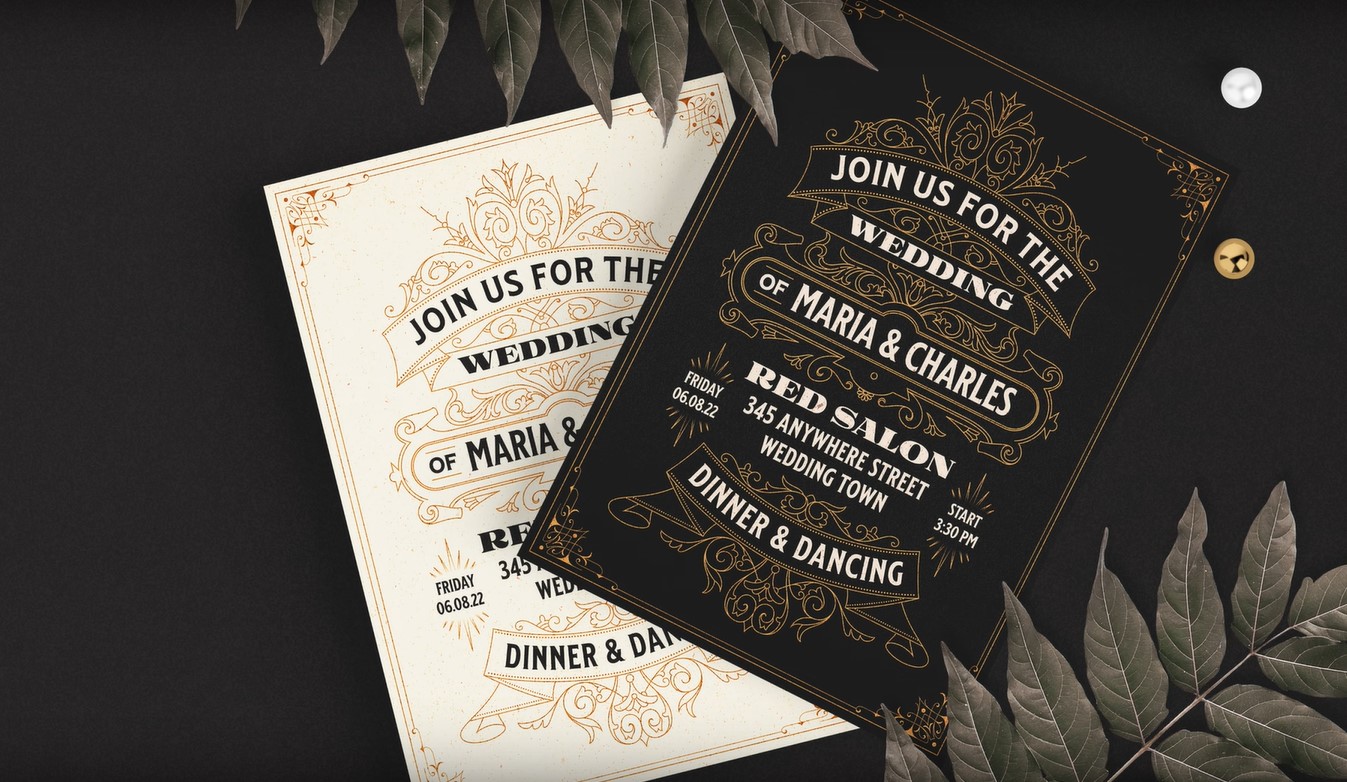
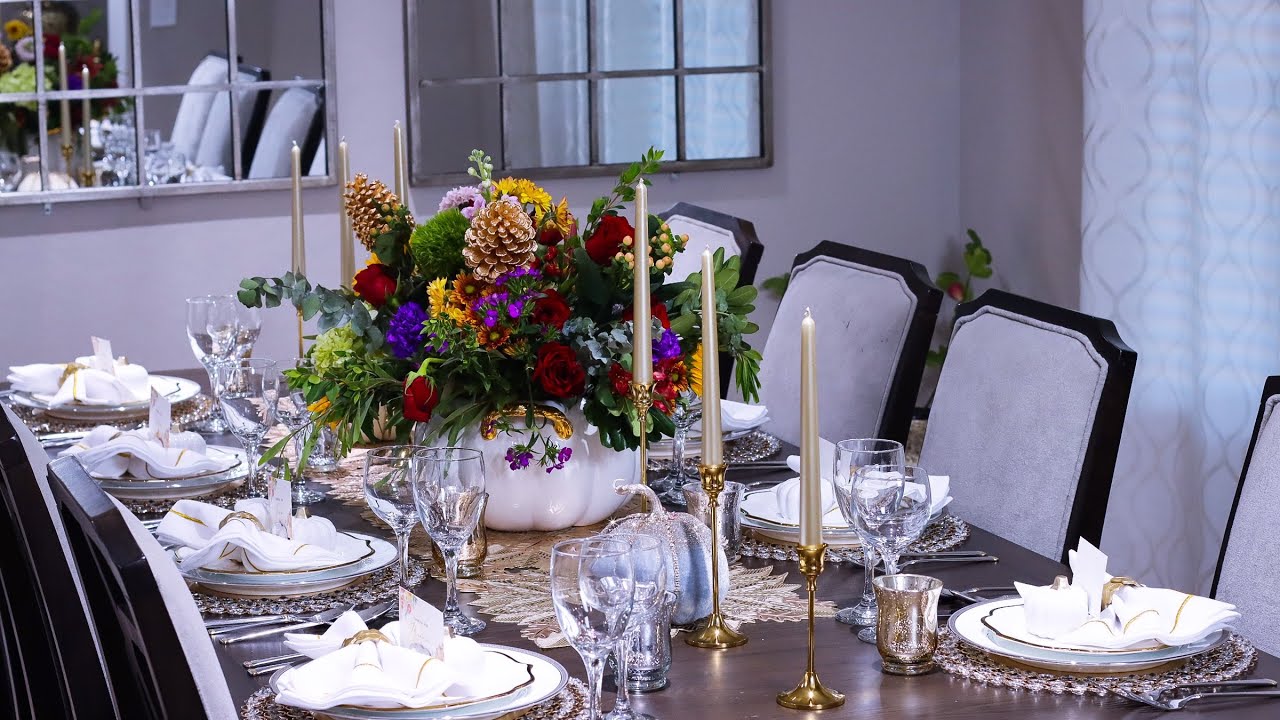
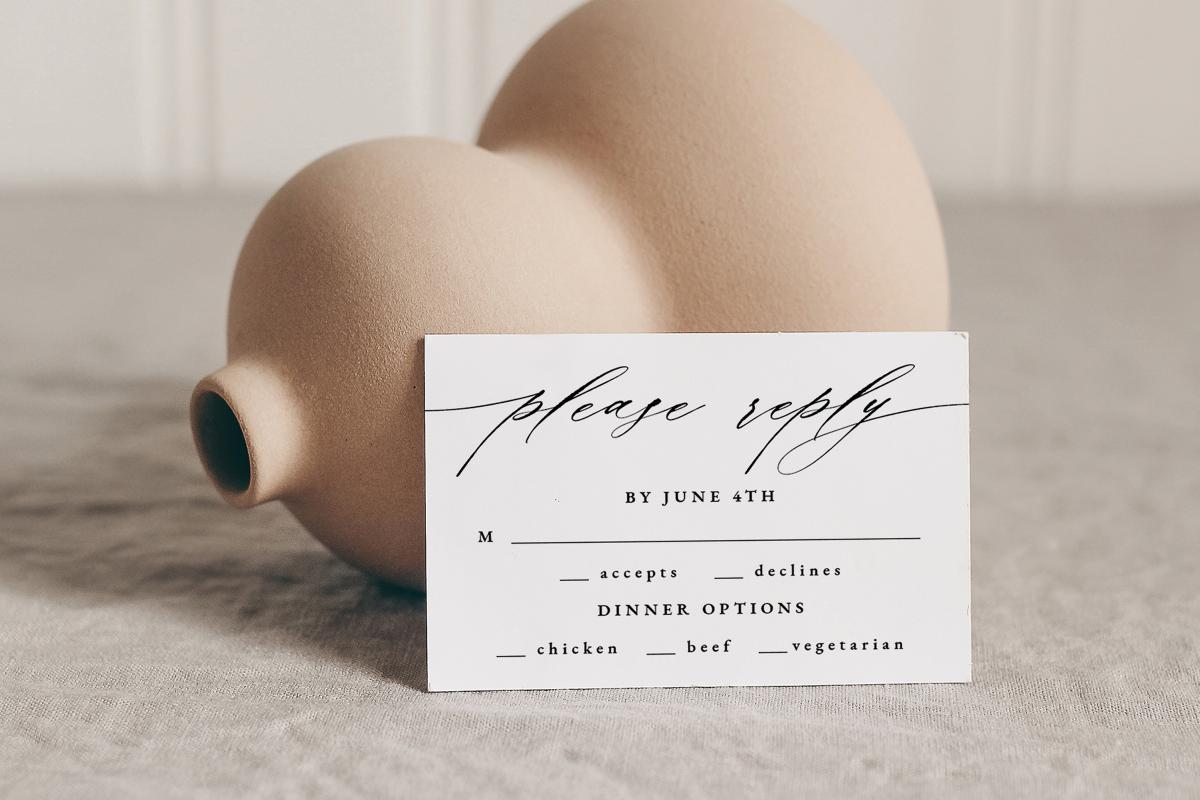
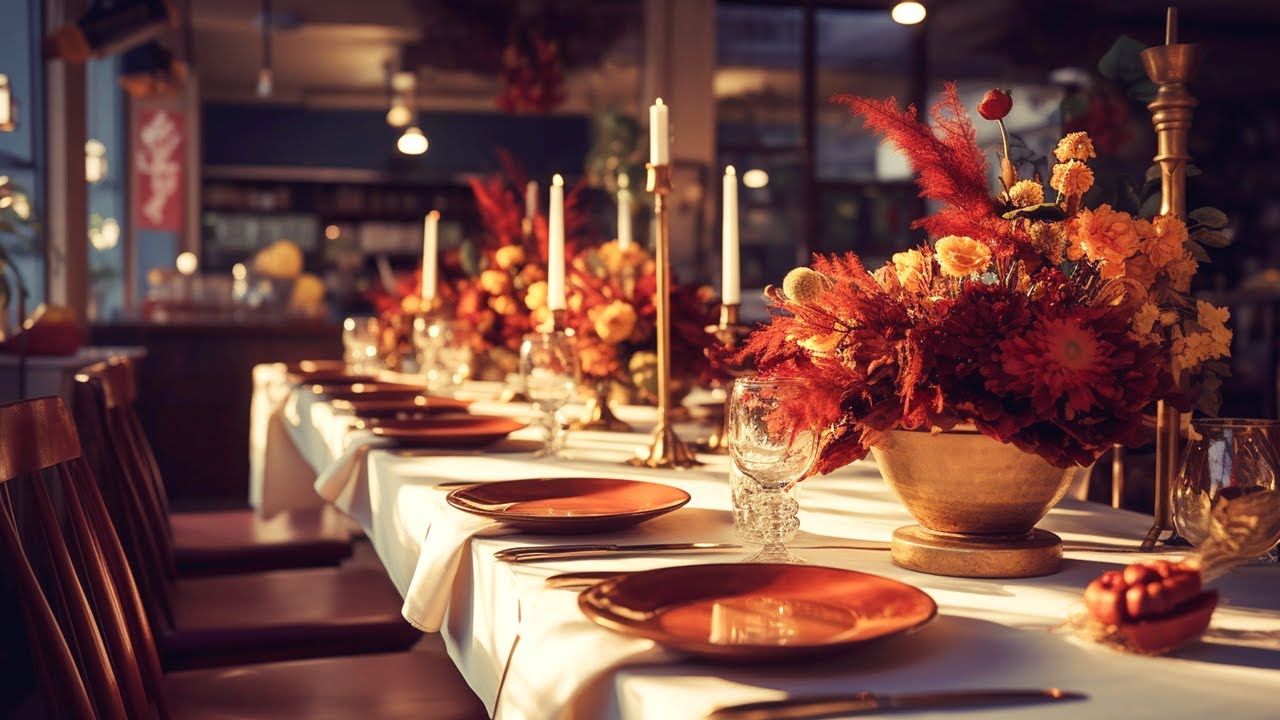
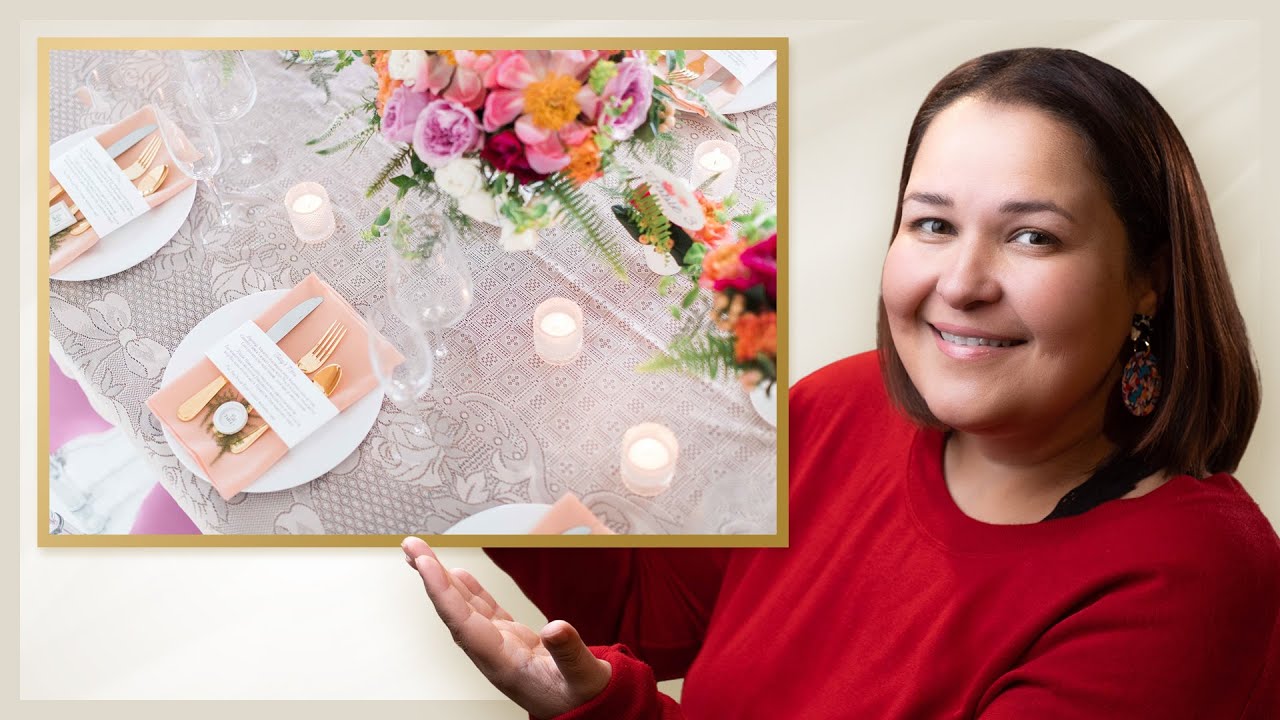
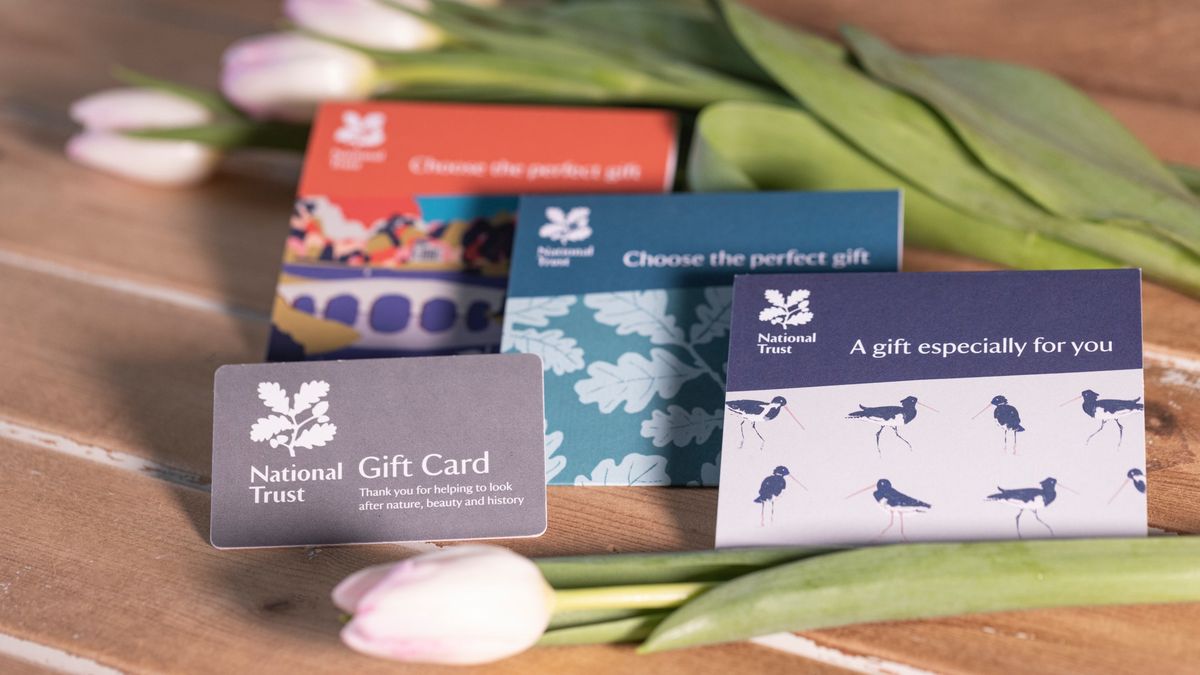
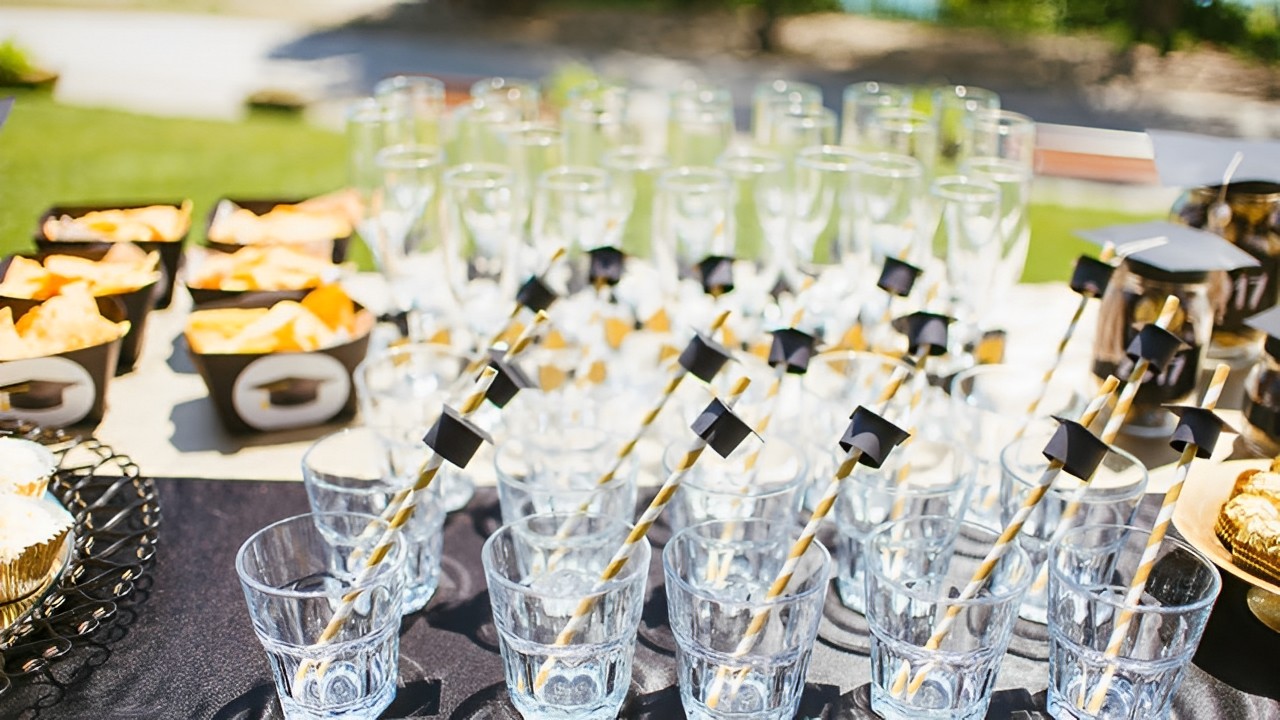
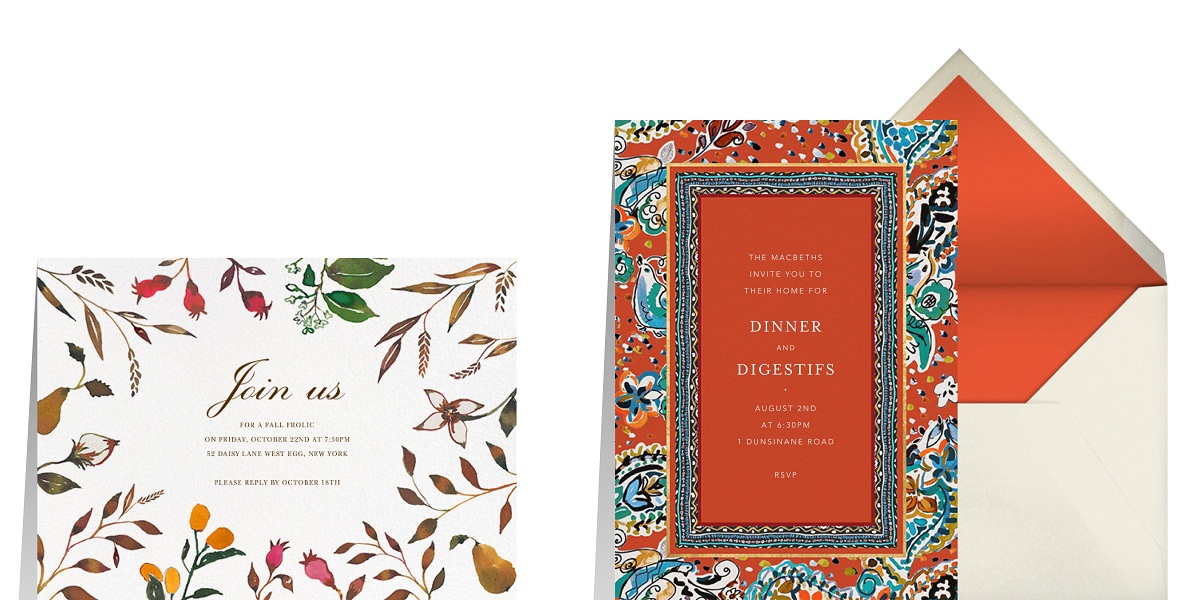
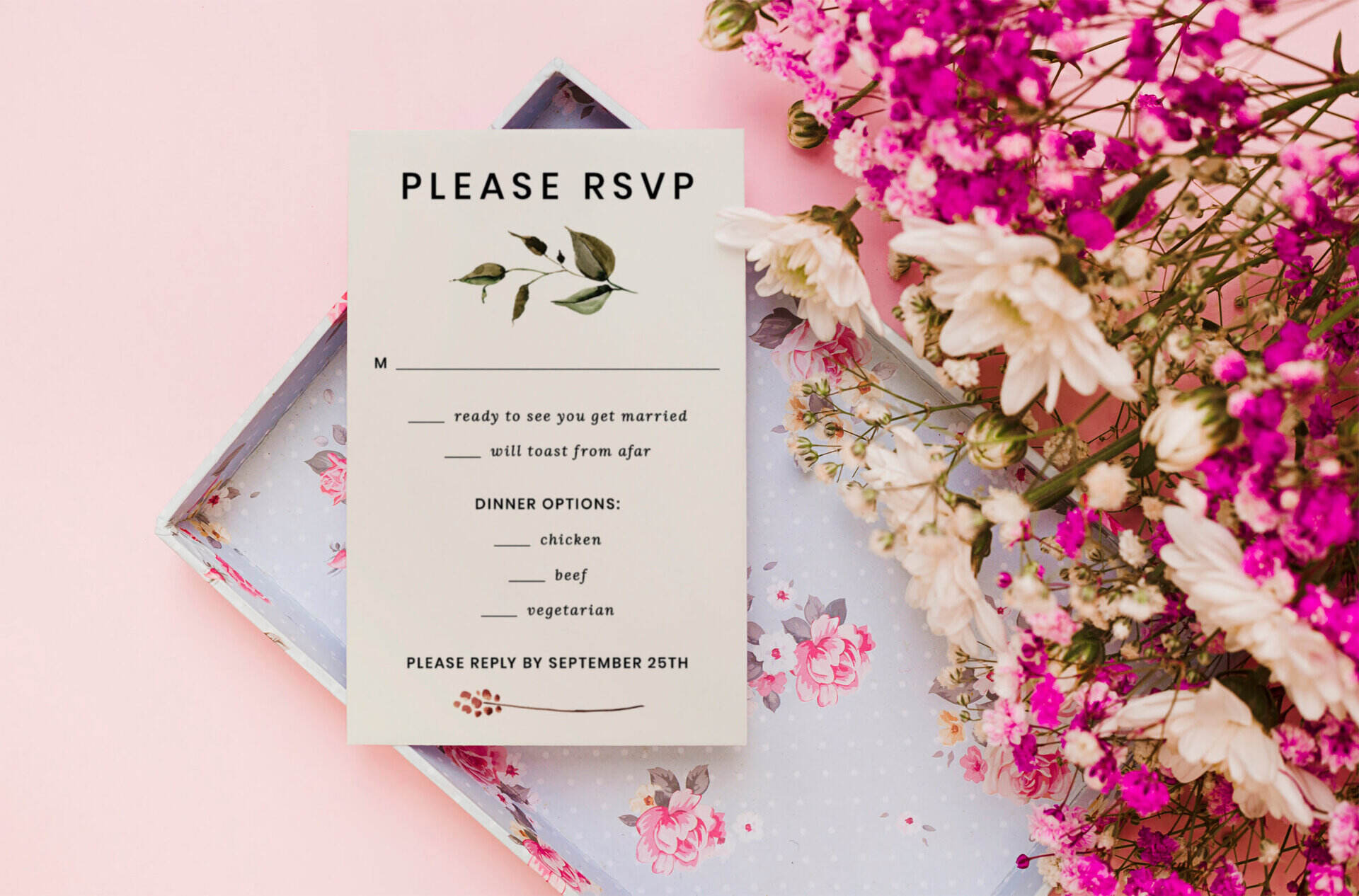

0 thoughts on “What To Write On A Gift Dinner Invitation Card”